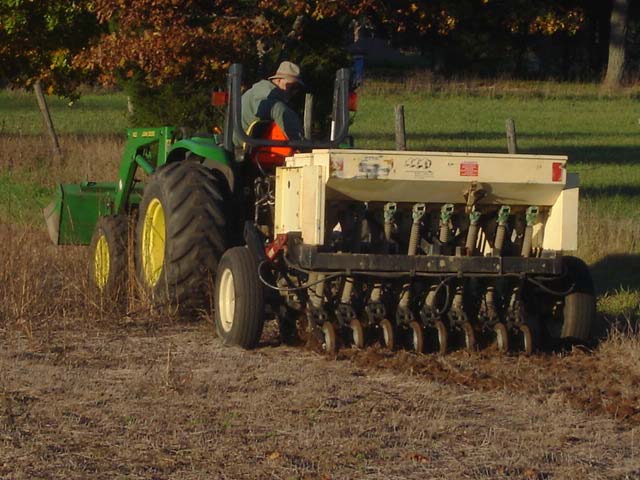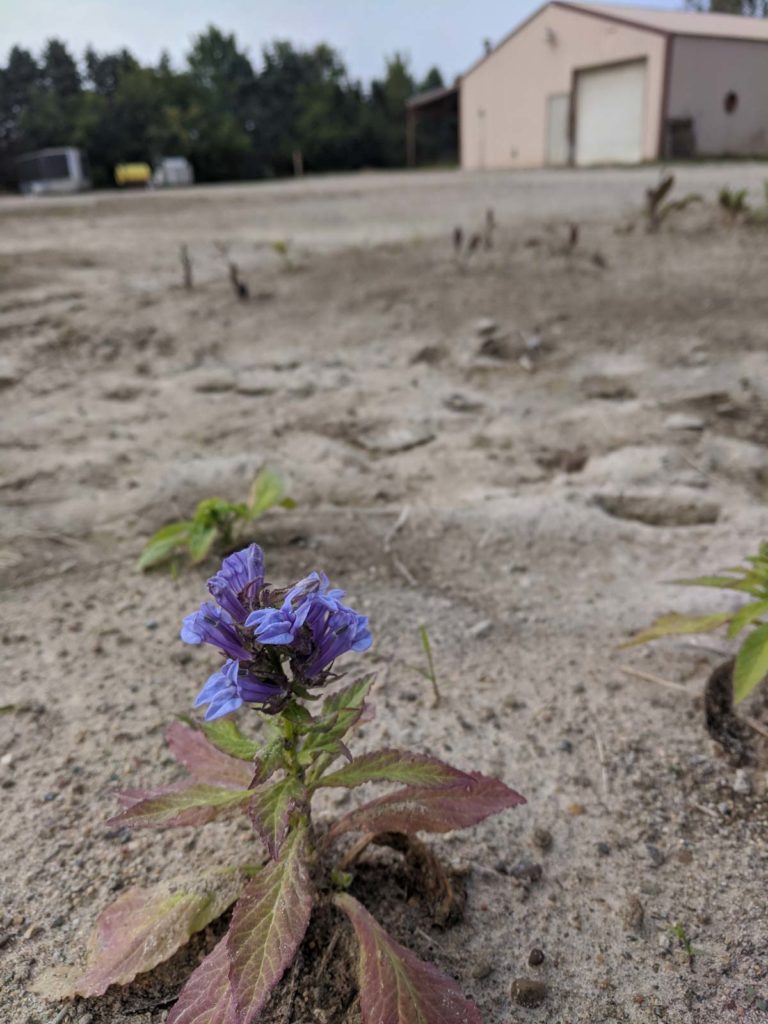Site Preparation
Planting may be top of mind, but preparing your site is critical to success. Weed seeds are persistent and undesirable species will be a long-term problem if eradication of undesirable and invasive vegetation isn’t complete before installation. Depending on your site and methods, plan for several months to two years of site prep.
Spot removal and Enhance
If there is significant desirable plant life with relatively few non-native invasive species, you can consider removing unwanted species by pulling, spot spraying herbicide, or burning and then inter-plant with native seed or live plugs.
Eradicate all existing vegetation
Too much undesirable vegetation may require this course through one or a combination of the following techniques.
- Smothering
Only an economical option on smaller areas. Cover the vegetation with black landscape fabric, leaf compost, cardboard, newspaper, or grass clippings, and leave in place for an entire growing season. - Cultivating
Avoids the use of chemicals and can be done on a larger scale than smothering, but it often brings up more weed seeds and is labor intensive.Cultivate every 2-3 weeks from early spring through fall to a depth of 4-5 inches using a harrow, spring tooth or rototiller to destroy the roots and weeds. Once most weeds have been eliminated, the depth should be made shallow for several months to create a firm soil bed prior to native seeding. - Herbicide
If your site is very large or if there is little or no native vegetation present, herbicides may the most economical and successful option. The number of treatments will depend on the condition of the site. Ag sites may only require one or two treatments directly prior to planting, while old fields might require several treatments throughout an entire season. Caution: Some herbicides remain persistent long after application. Know the chemical history of your site and always READ THE LABEL and follow manufacturer’s instructions when using herbicides.
Preparing the Seed Bed
A firm and level seed bed relatively free of debris is ideal for proper installation. Pack loose or soft soil with a heavy roller or culti-packer before (and after) installation. A good method for testing soil firmness is to walk over the seed bed. If your footprint sinks more than or inch, the seed bed is too soft. If a no-till drill seeder is being used and the site wasn’t cultivated, the seed bed should be firm enough. Removing tree roots and limbs from eliminated trees, other debris (corn stubble) and regrading ruts will make for a smoother planting process as well as limit damage to equipment.
Once you’ve adequately prepared the planting site you’re ready to install your seed!
Complete printer-friendly PDF version of our Planting Guidelines.


